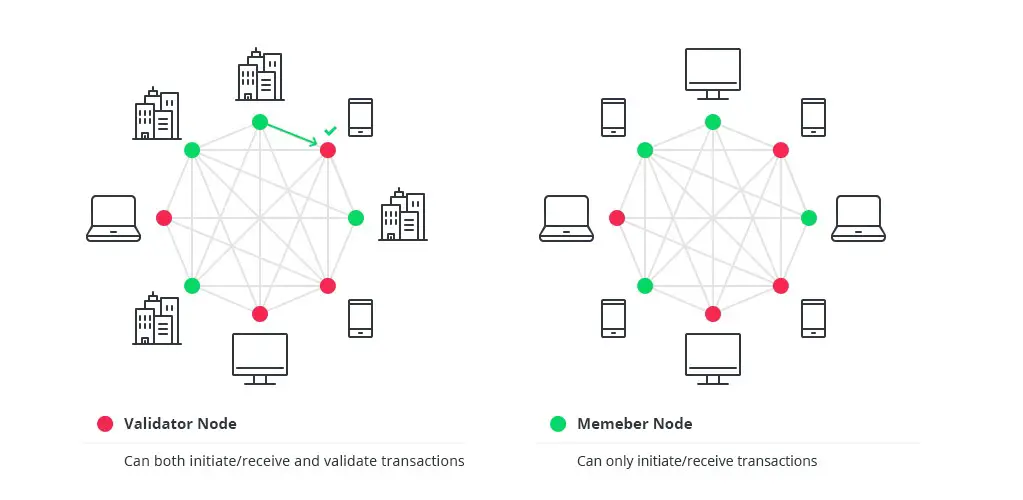Various Types Of Blockchain Architecture And Its Components

Explain briefly the various types of blockchain architecture and its components. Mention which type is more efficient and useful in terms of usability?













